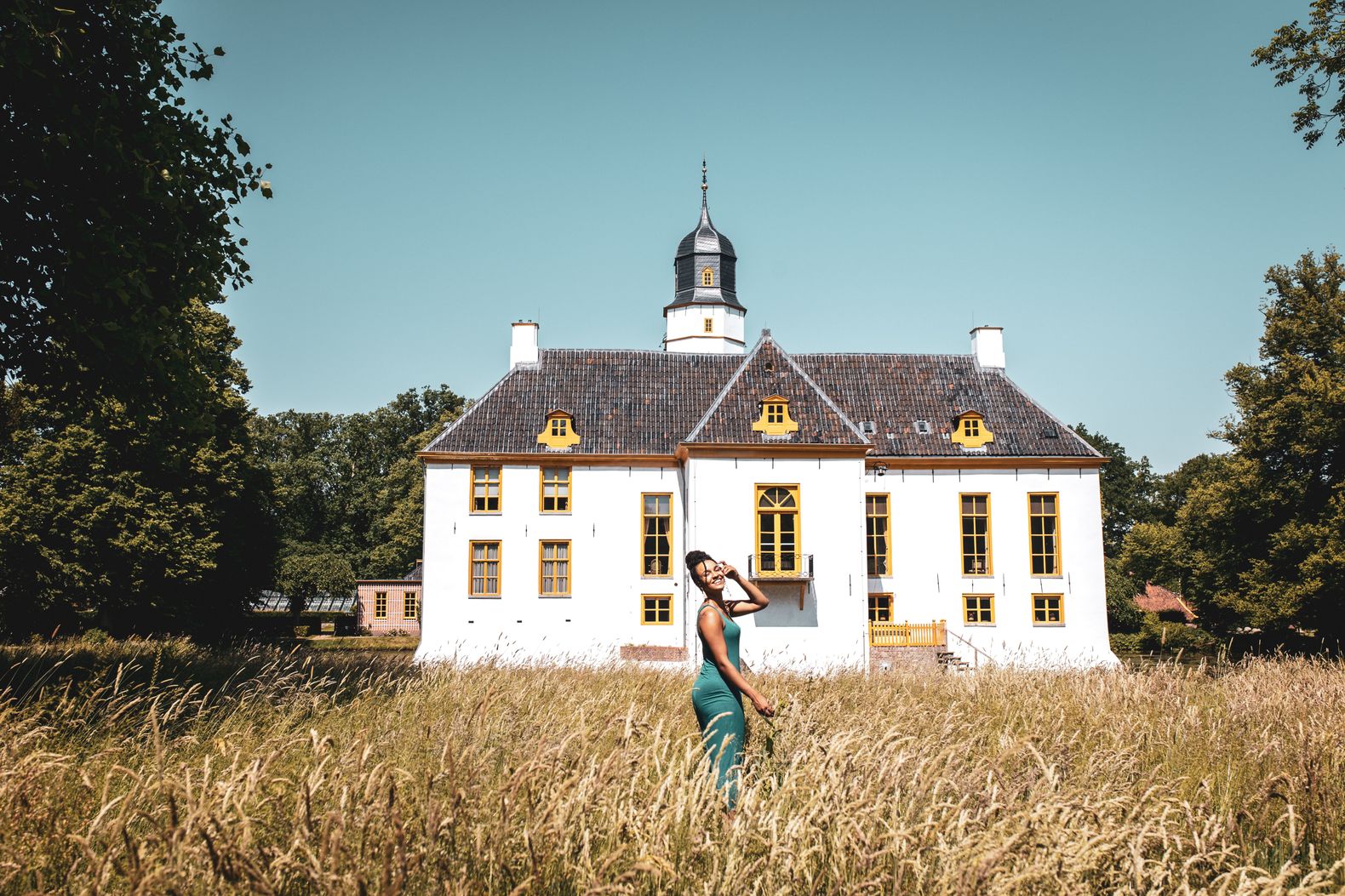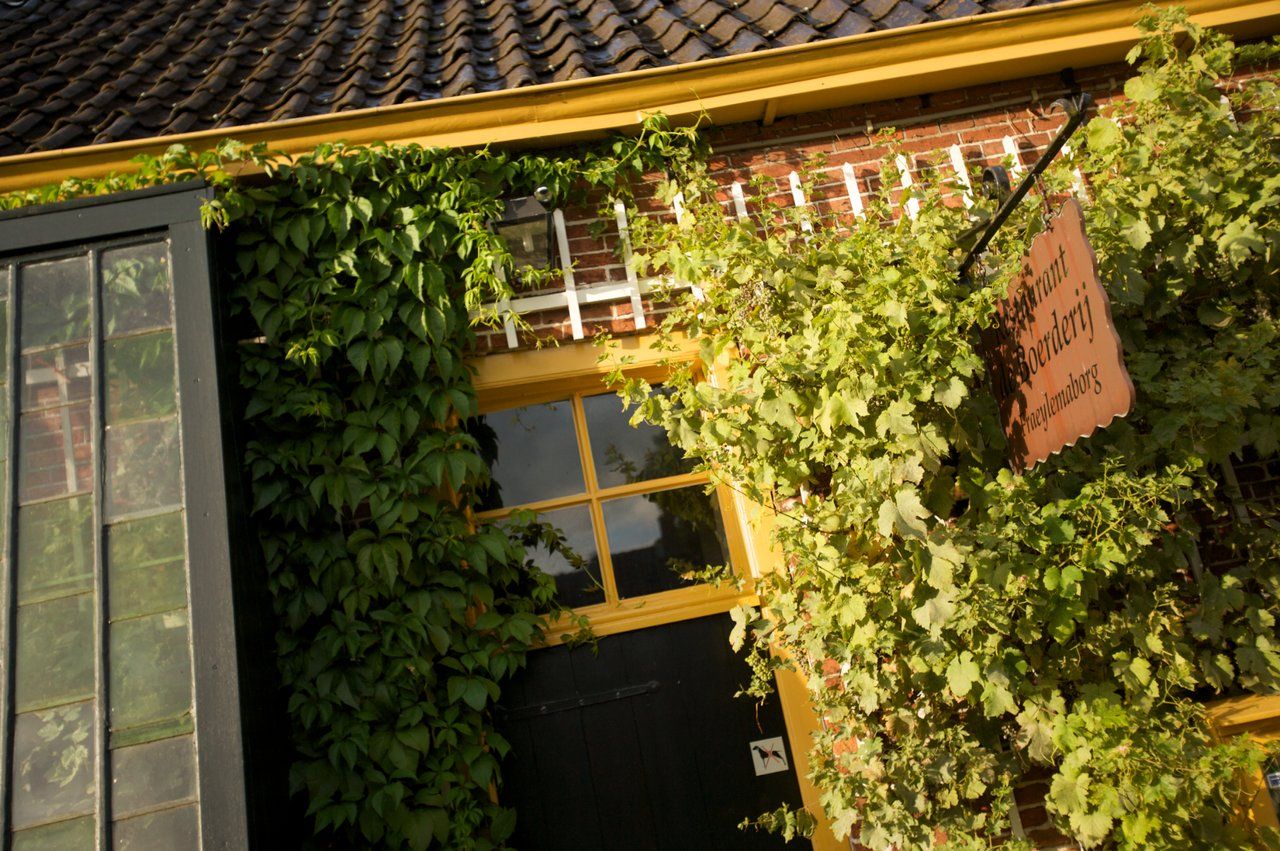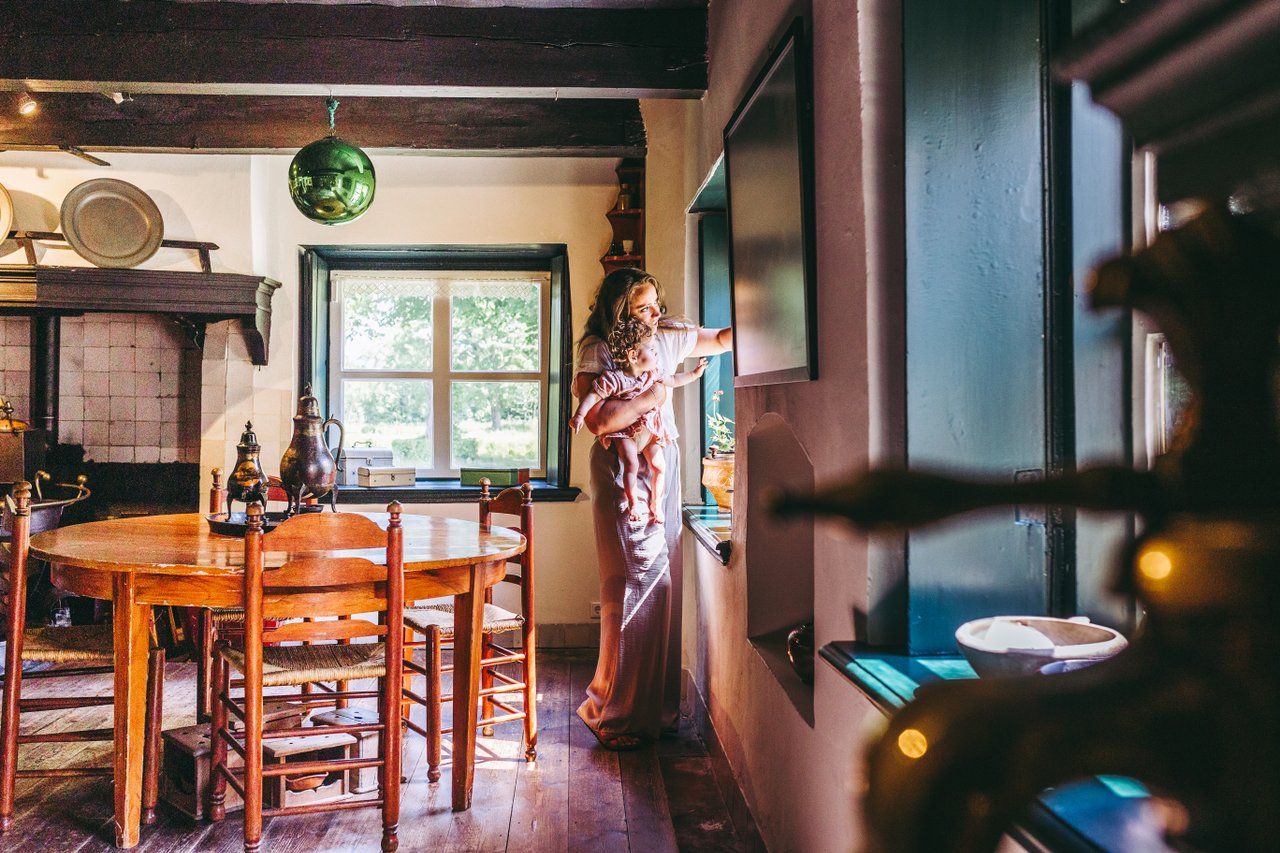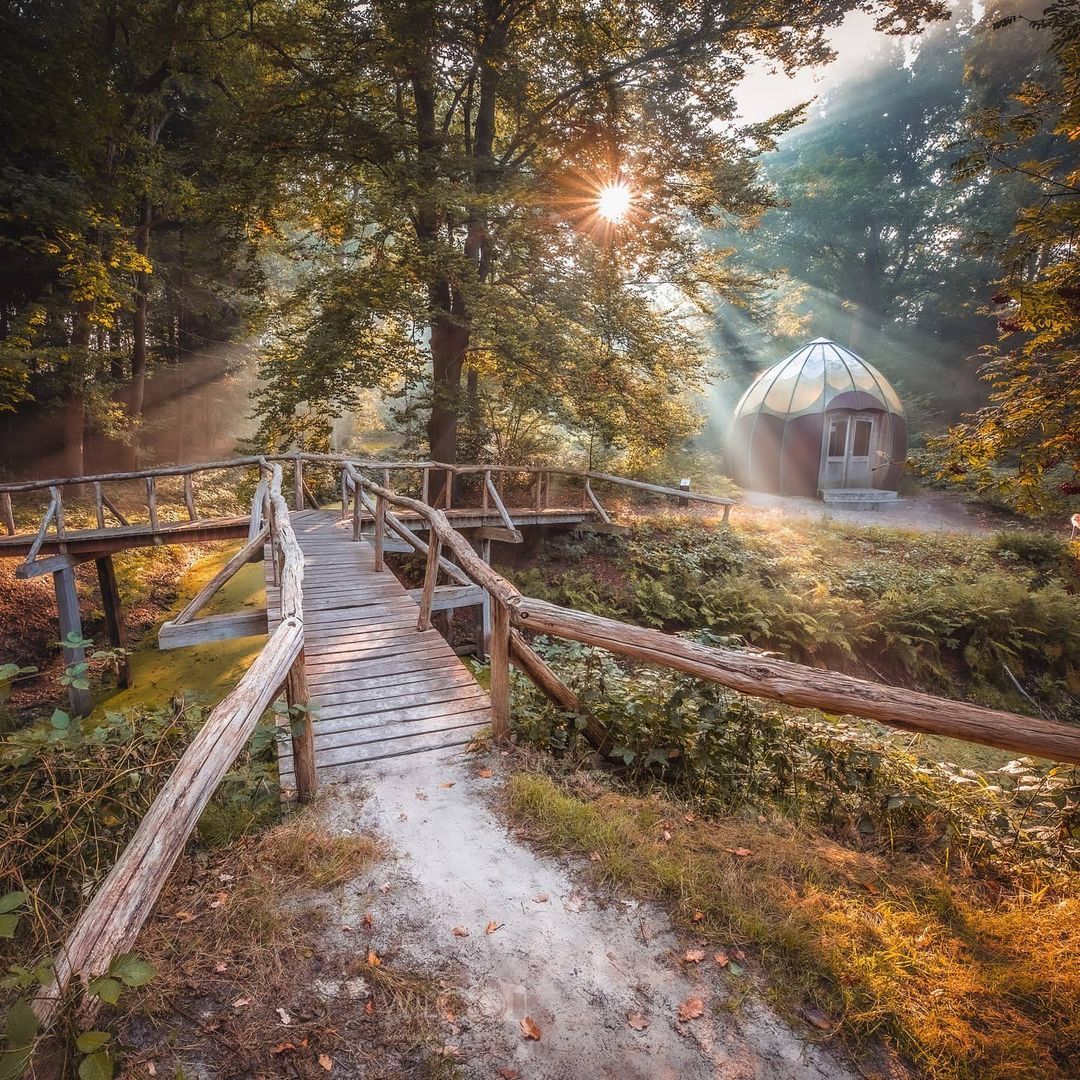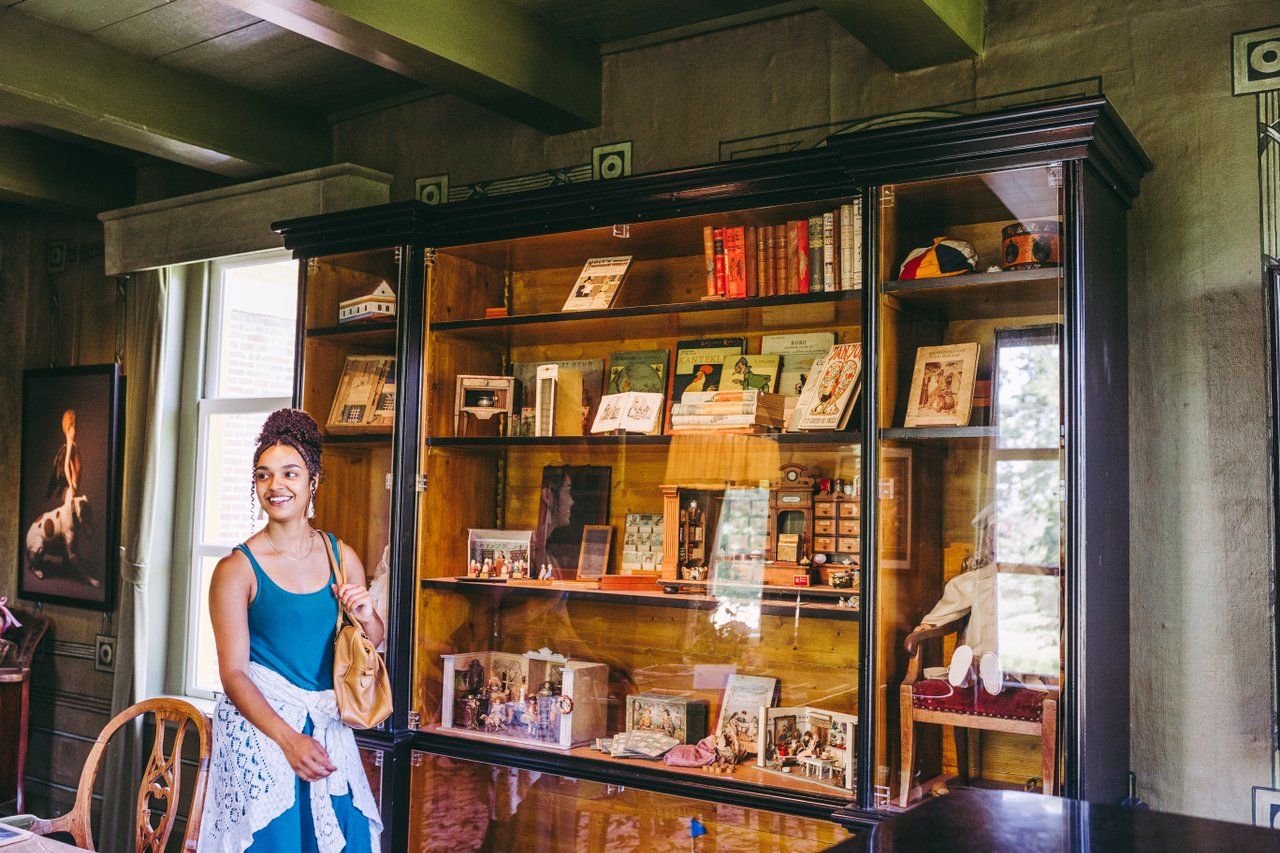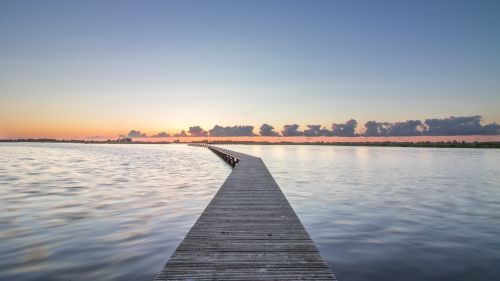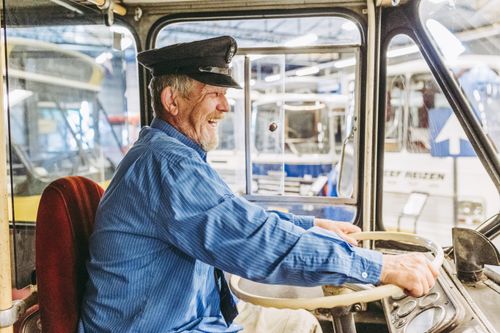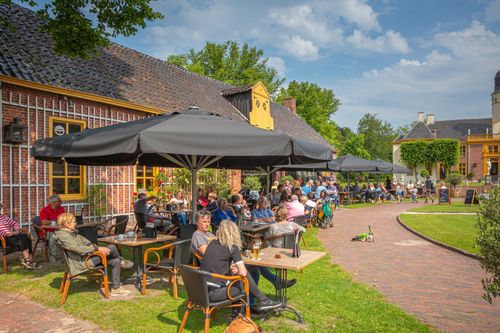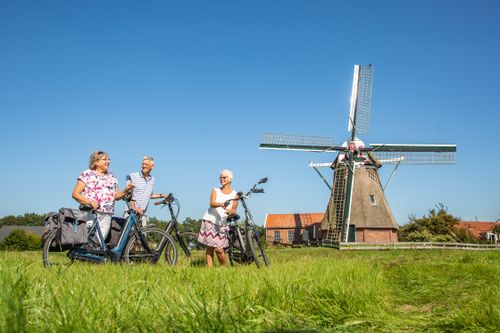Fraeylemaborg
Traces of nobility and patricians
In Groningen, castles like these are referred to as borgen. With parts dating from the 13th century, during the following centuries, buildings like this one were home to wealthy and influential Groningen families. They left their traces on the castle’s exterior as well as its rich and historic interior. With its interior design untouched, it’s easy to imagine that the last resident – Lady Louise Thomassen à Thuessink van der Hoop van Slochteren – closed the doors behind her just now, instead of fifty years ago. Nonetheless, she would still feel right at home here, just like the generations of nobility and patricians that preceded her.
Uninhabited yet very lively
In former days, it would have been unthinkable for average citizens to enter the aristocratic rooms of the Fraeylemaborg. Today, everyone is welcome to visit. The castle is no longer inhabited, but it has certainly retained its lively atmosphere. Events are scheduled on a regular basis, such as public art sales, spring fairs and re-enactments of historic pitched battles. With all these activities, this stately castle and the rural estate is fun for people of any age. Children come here for exploratory expeditions through the castle’s rooms and halls.
A storybook rural estate with follies
The grand castle is surrounded by a rural estate designed in the 18th century with the gardens of the French Versailles in mind. It was eventually converted into an English landscape garden. Behind the Fraeylemaborg is the Slochterbos wooded area, where each season bursts out in its very own colours, fragrances and sounds. In spring, rare stinsen plants grow and flower here, taking turns with mushrooms in autumn. Be sure to take in the unexpected and eccentric tiny structures referred to as follies, and check out what’s on in the exhibition space. Seen all there is to see? Then have a coffee and a snack at the restaurant.

